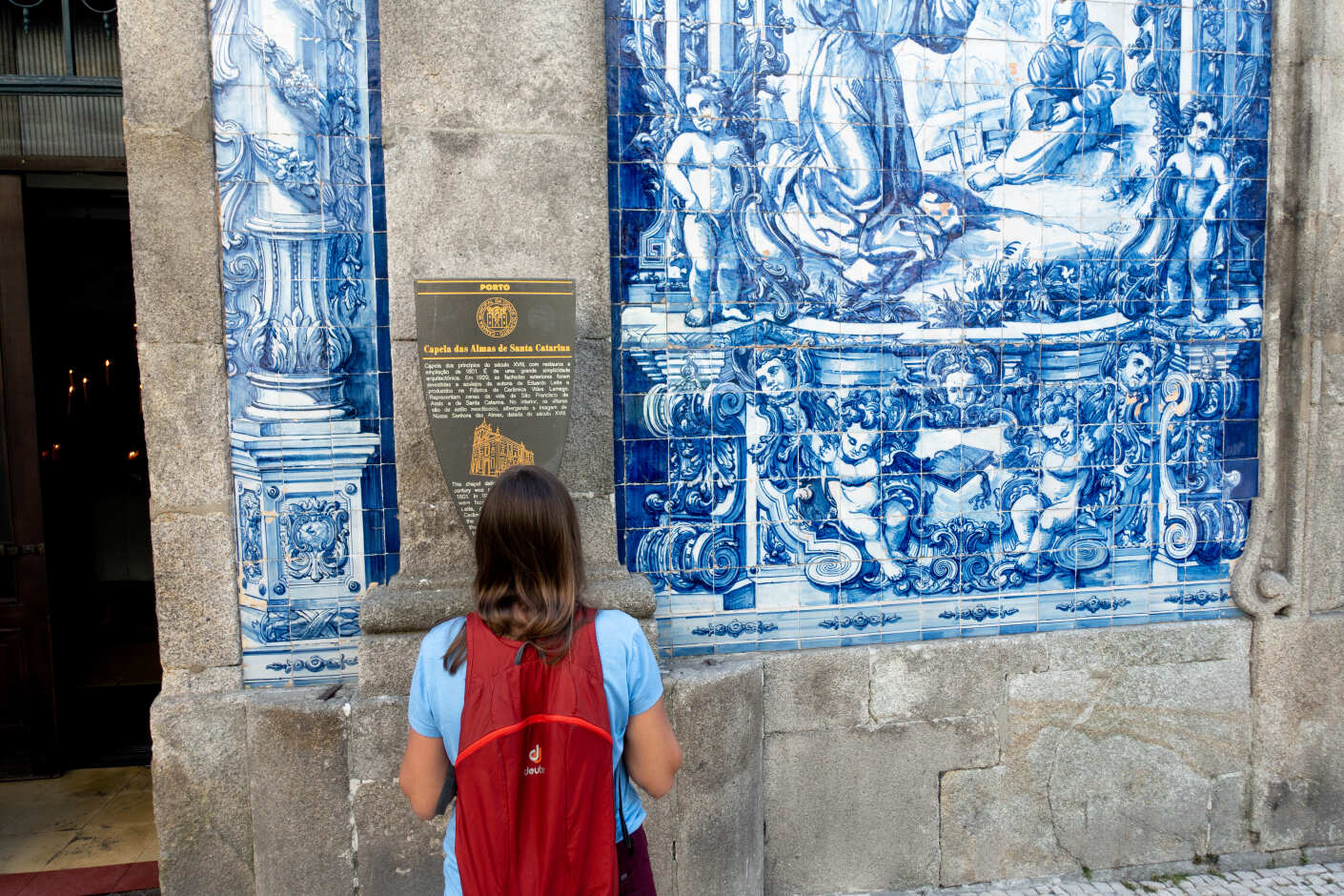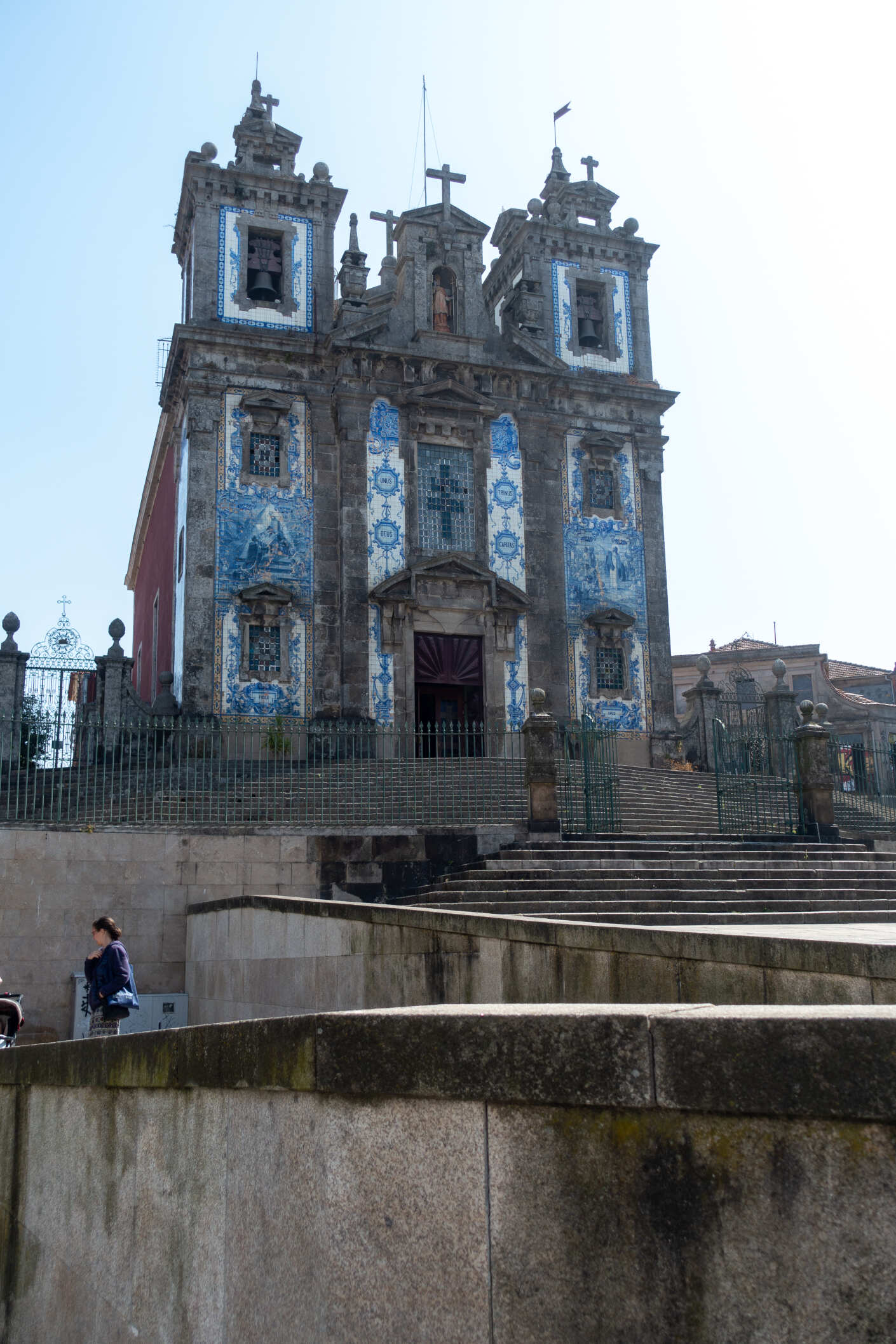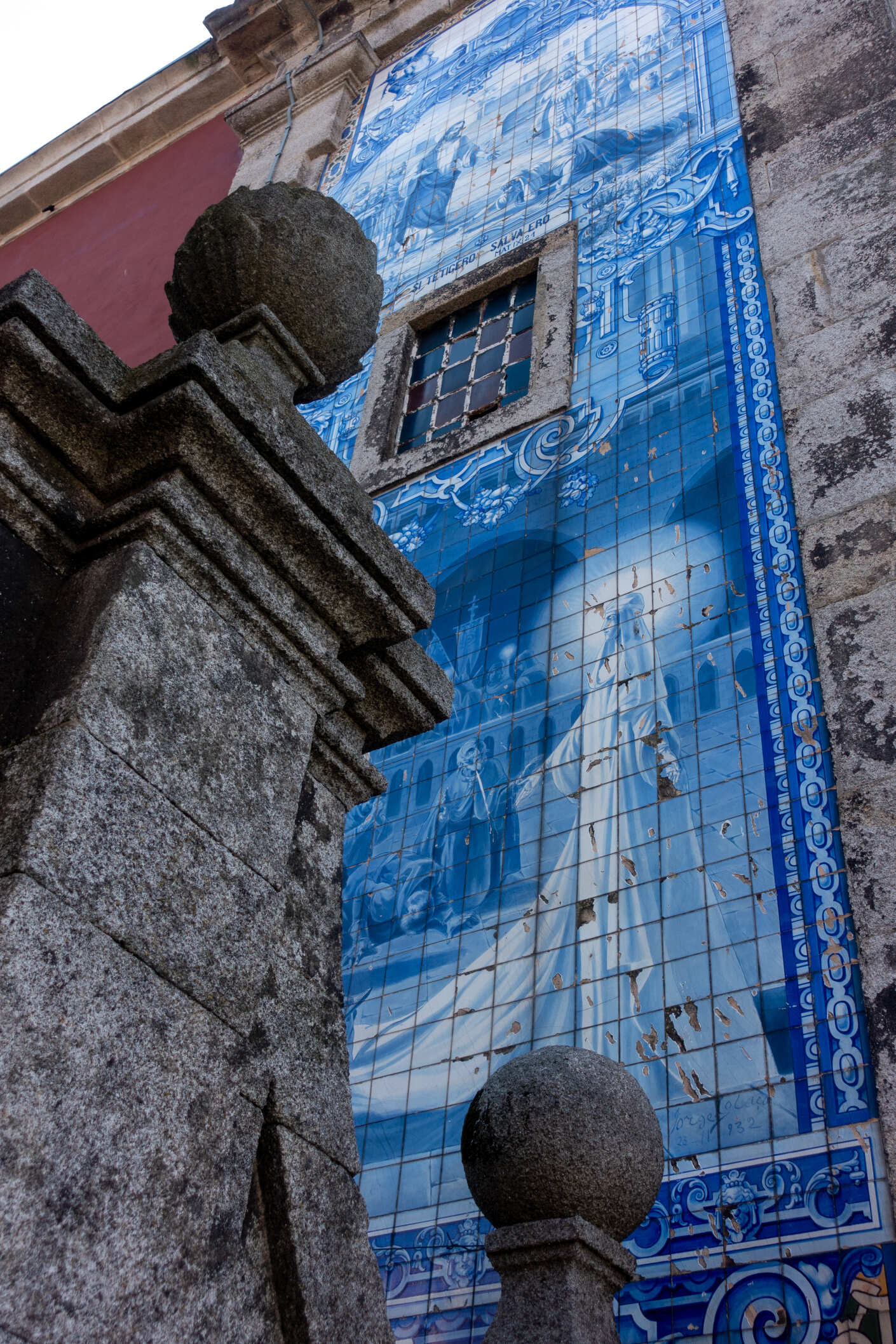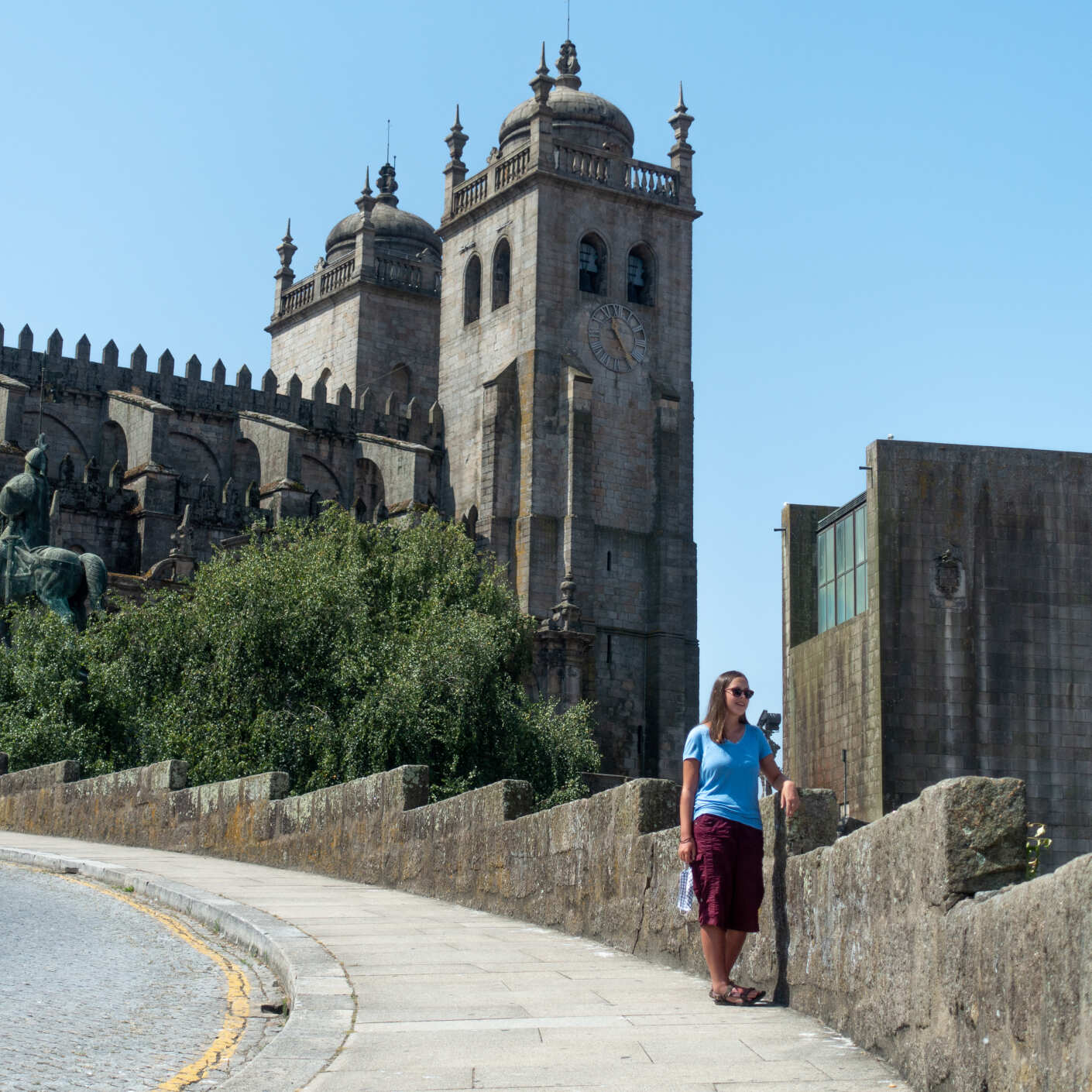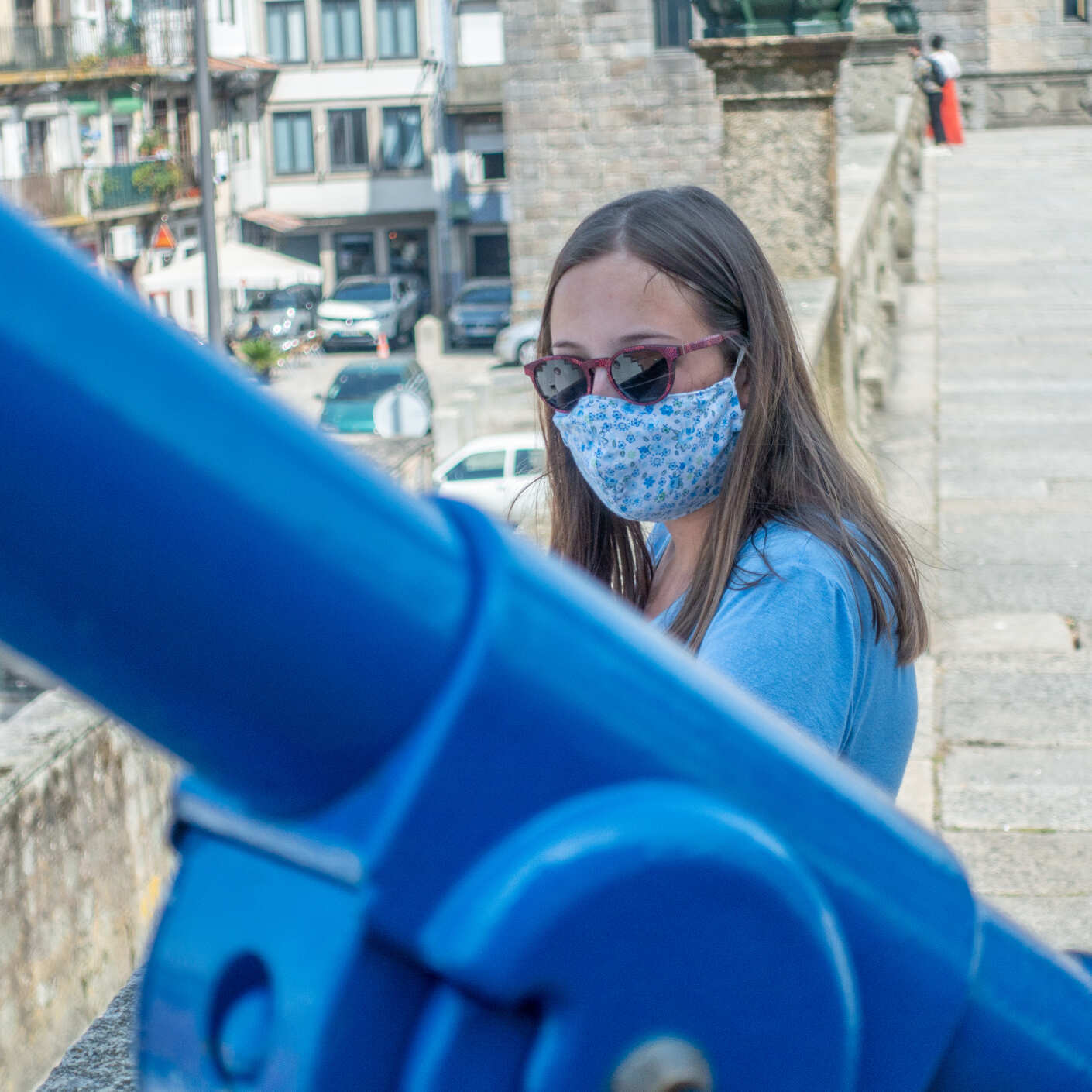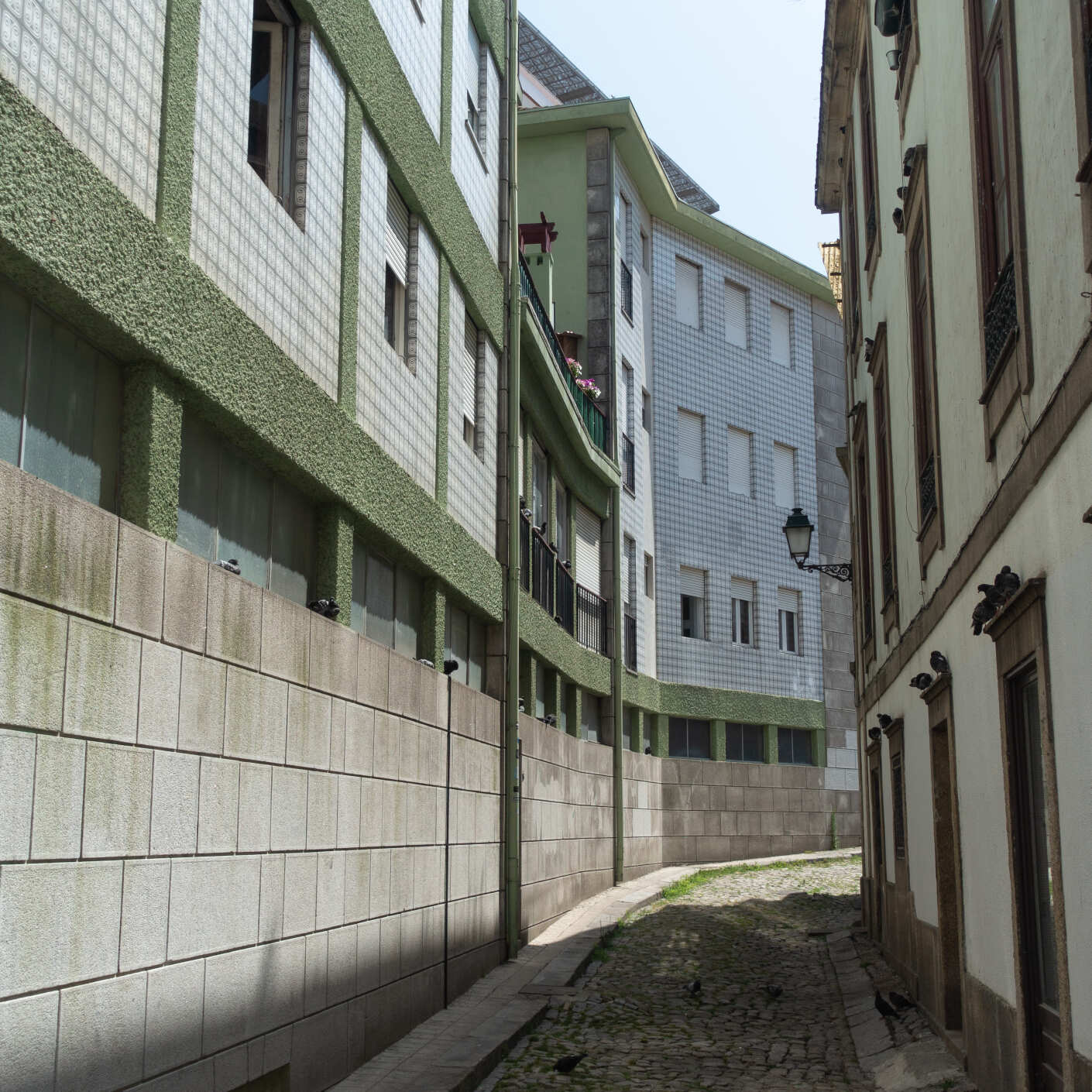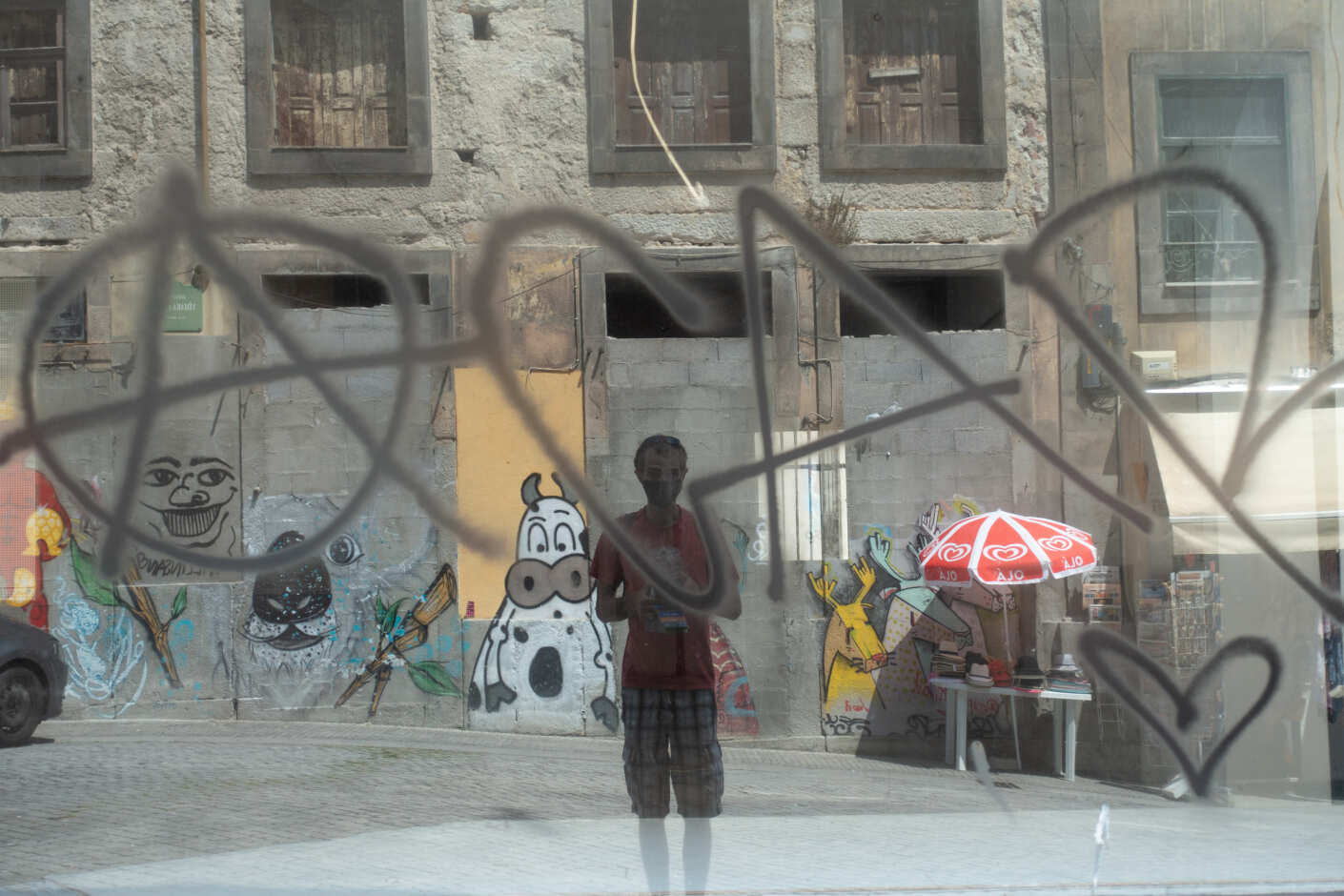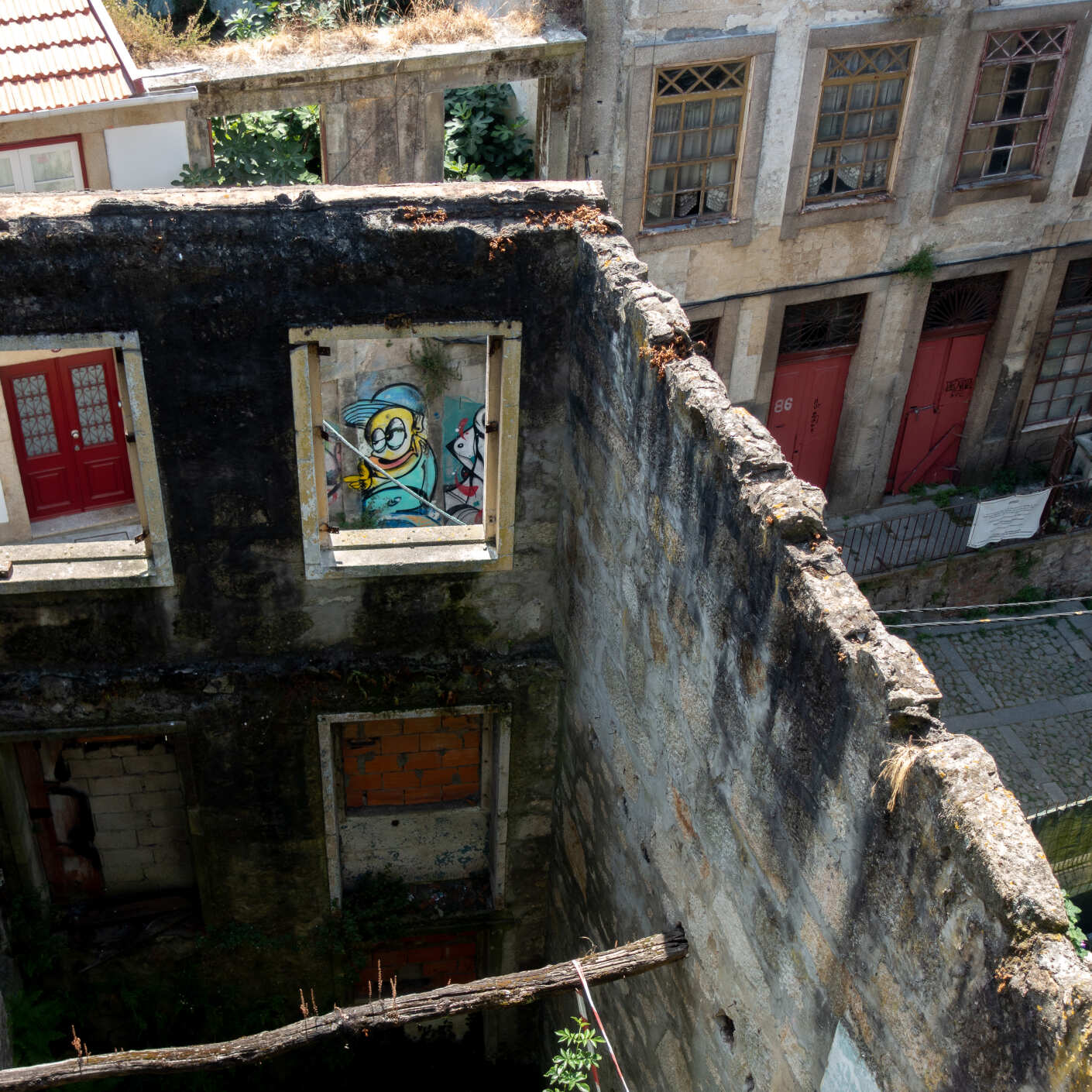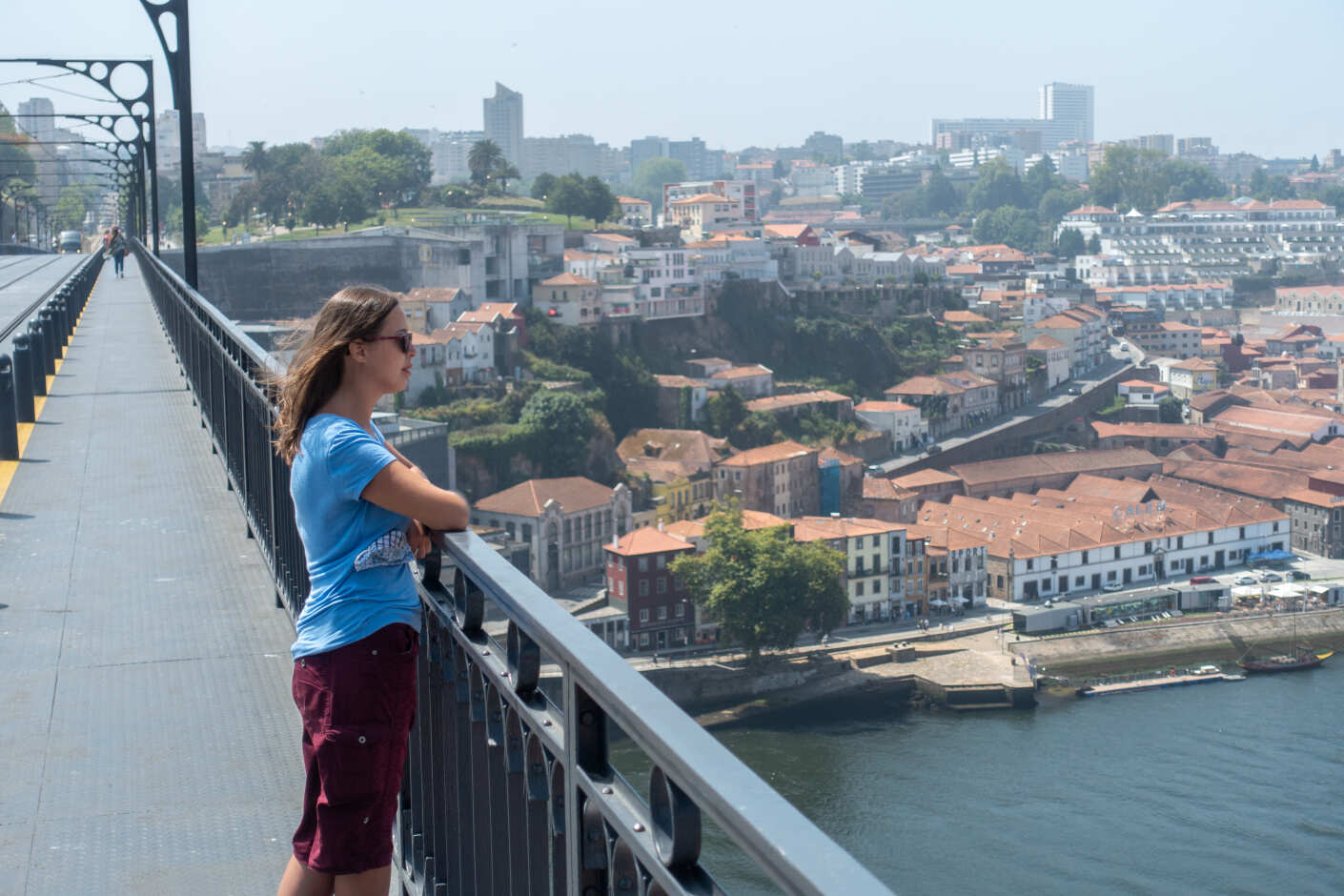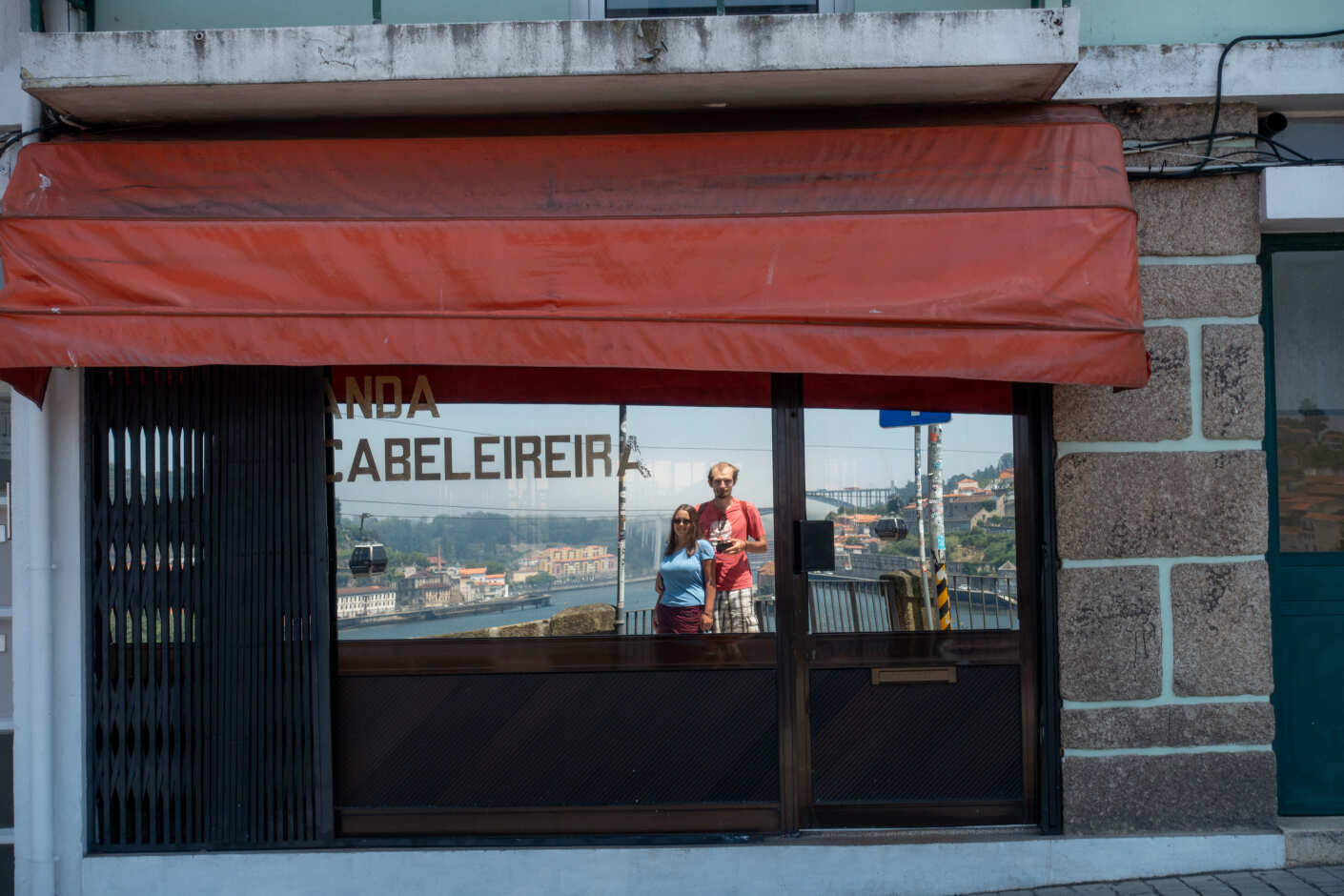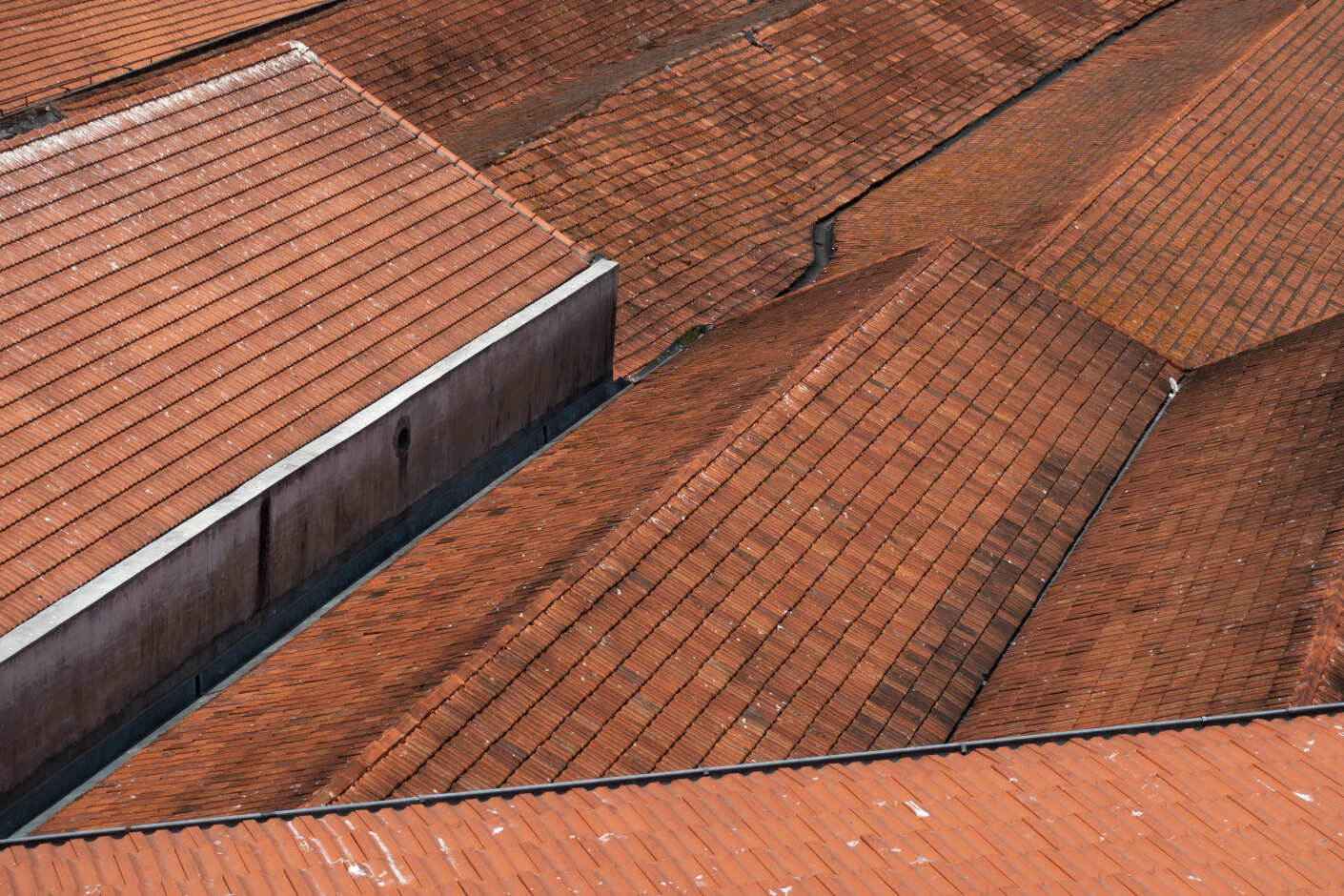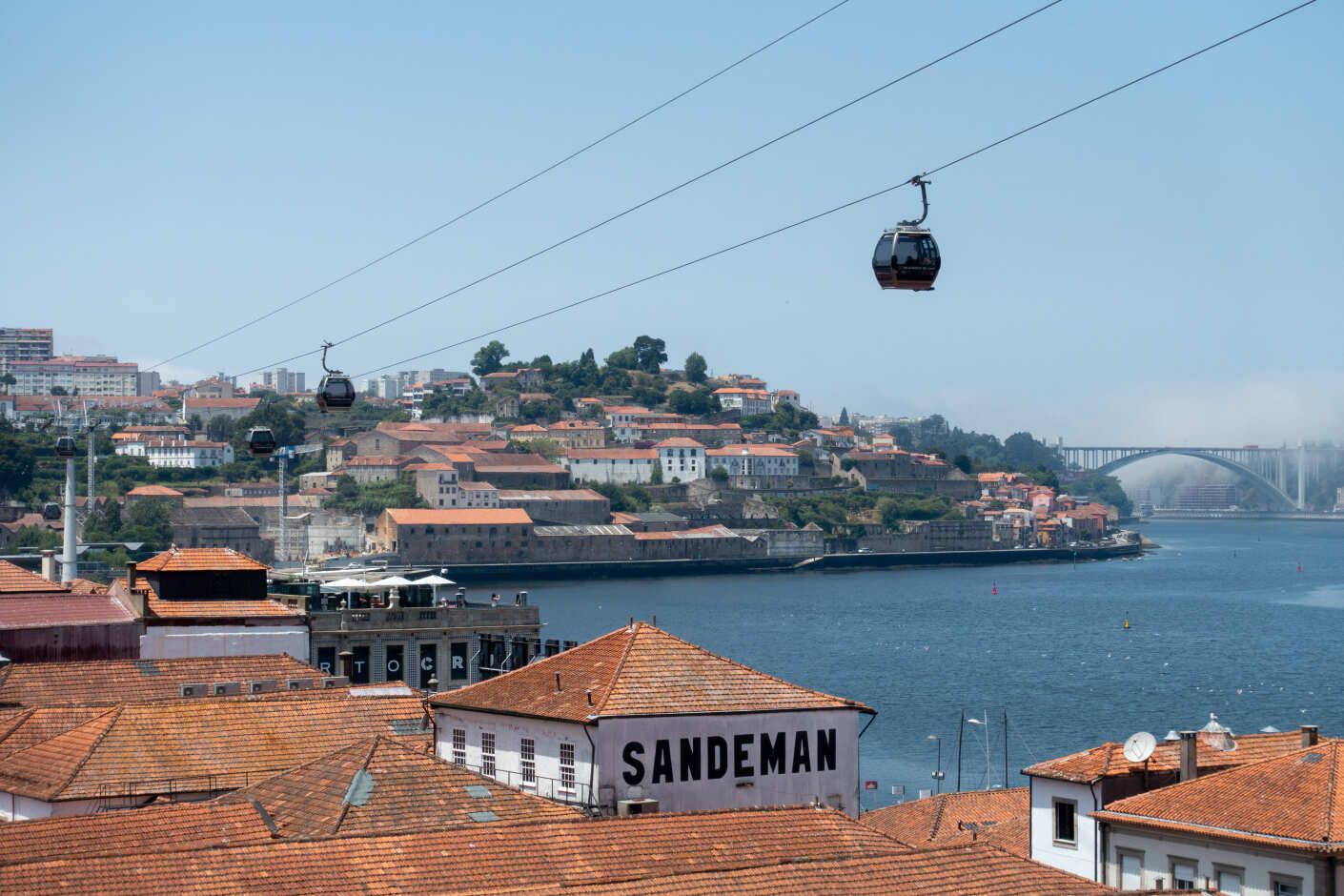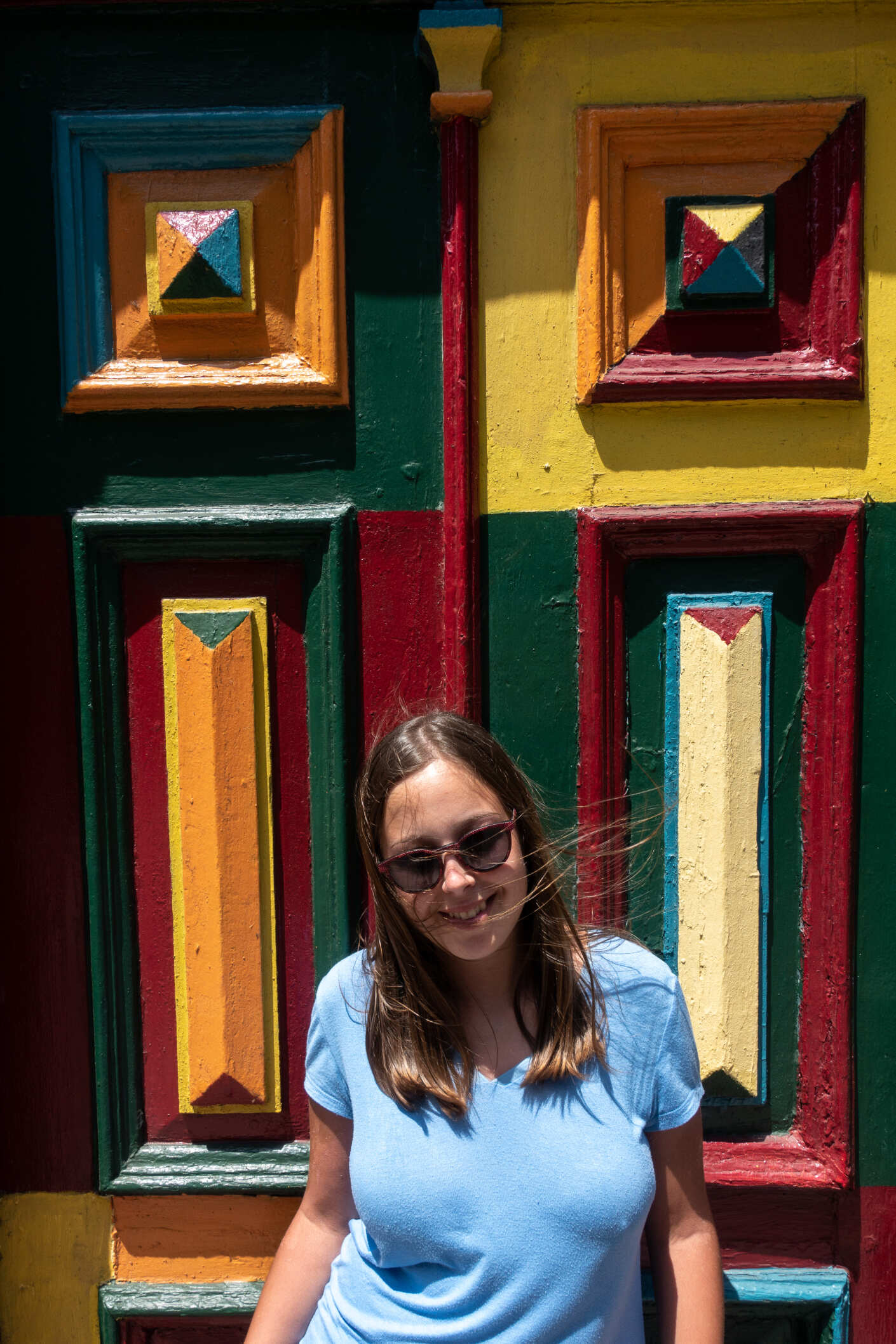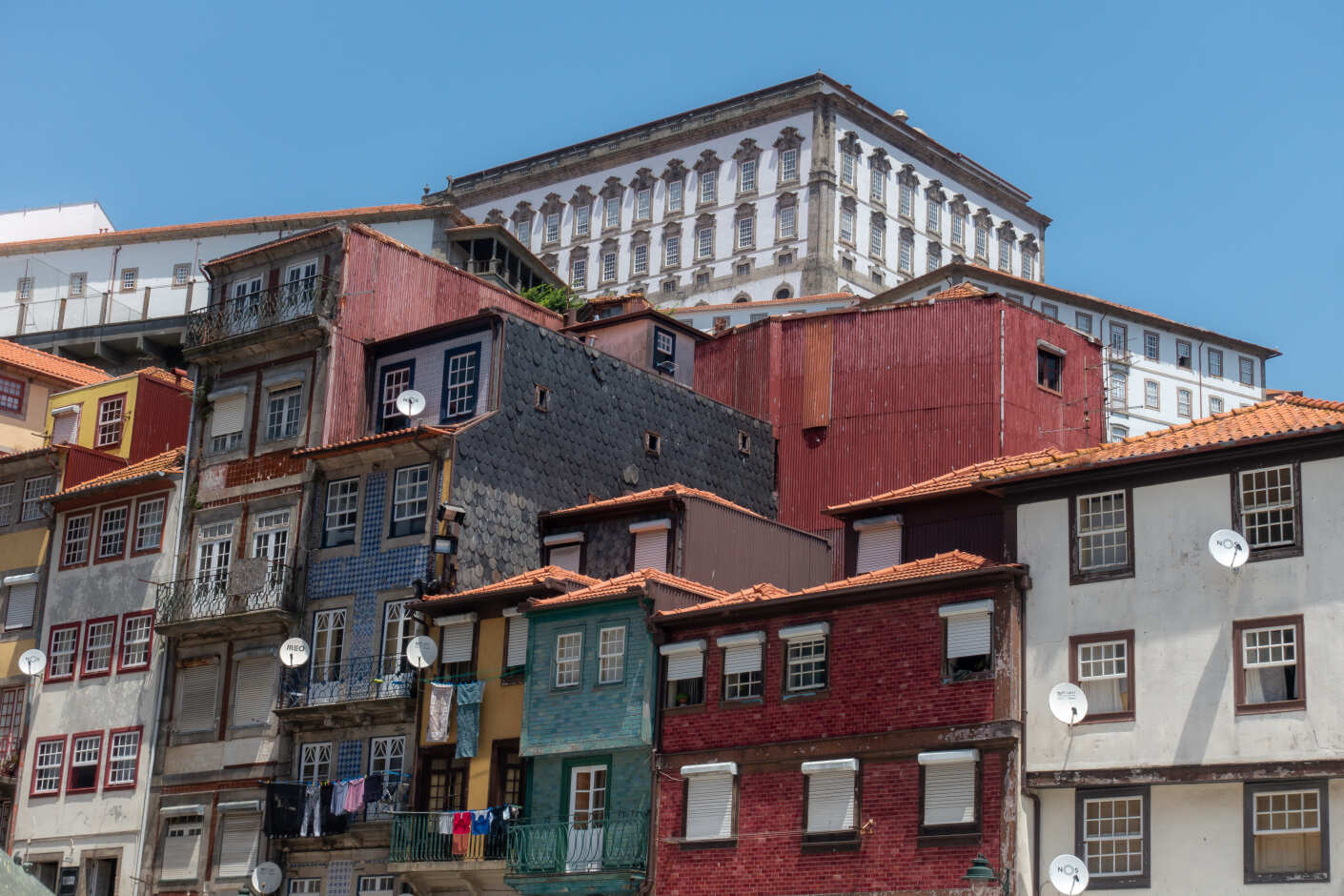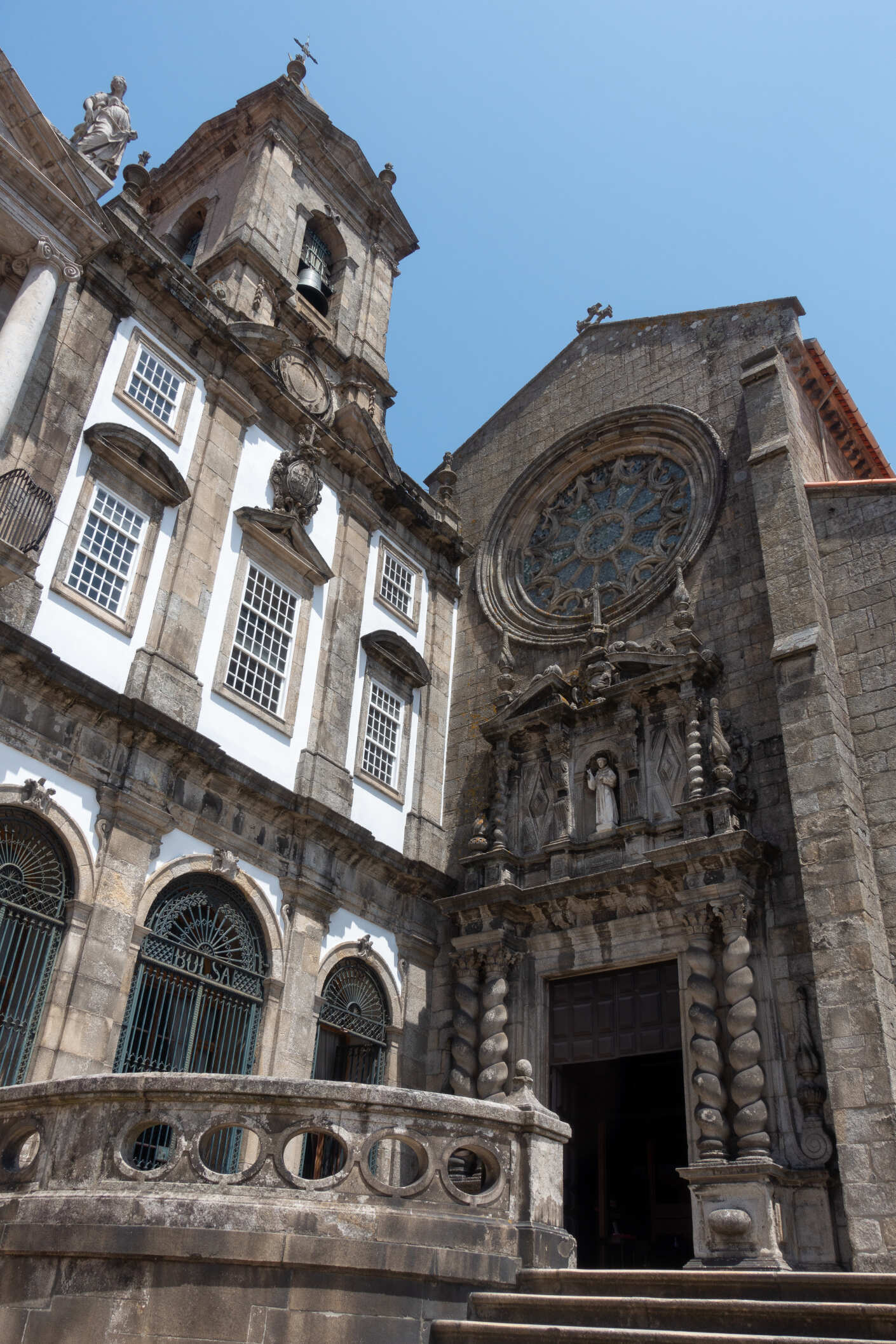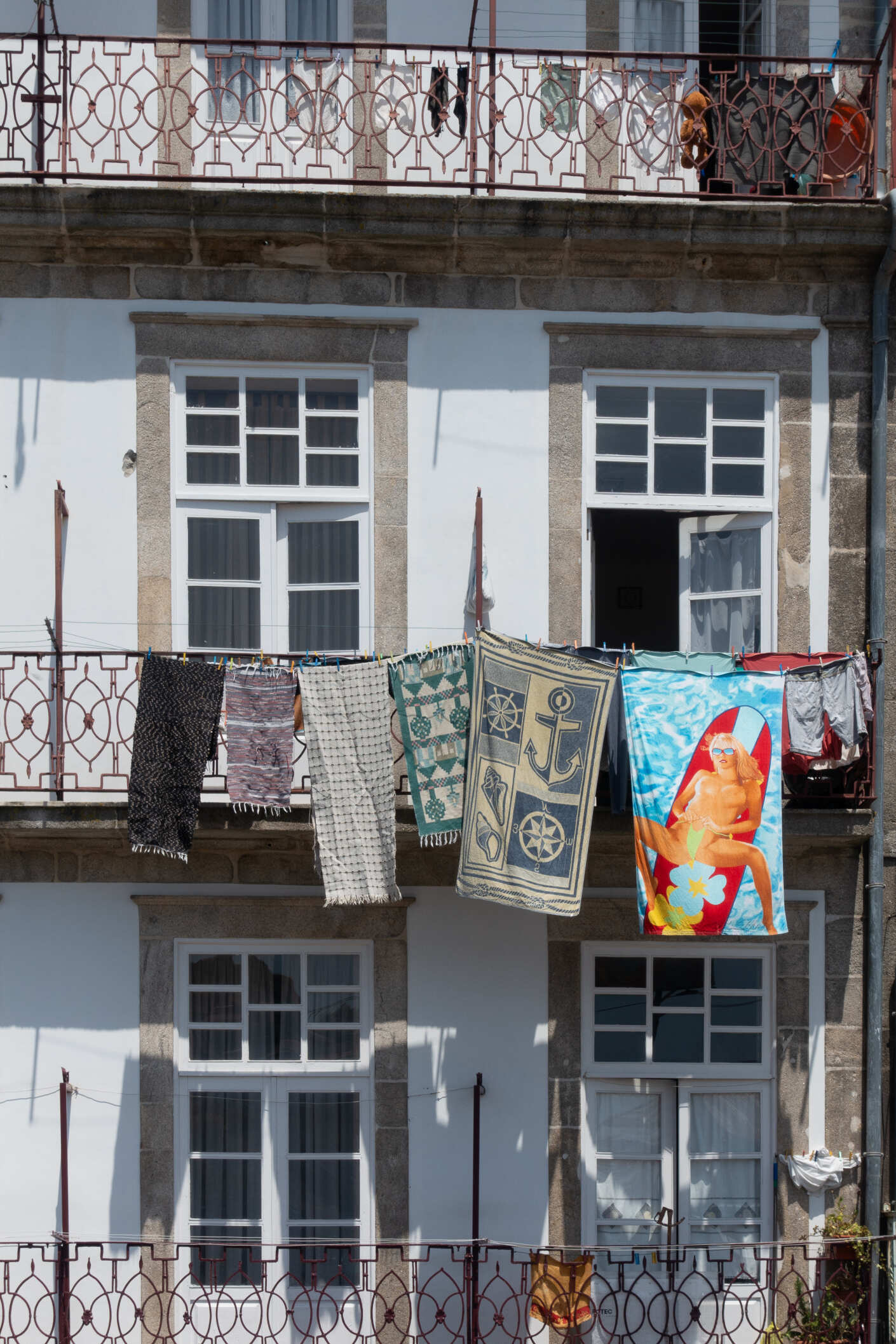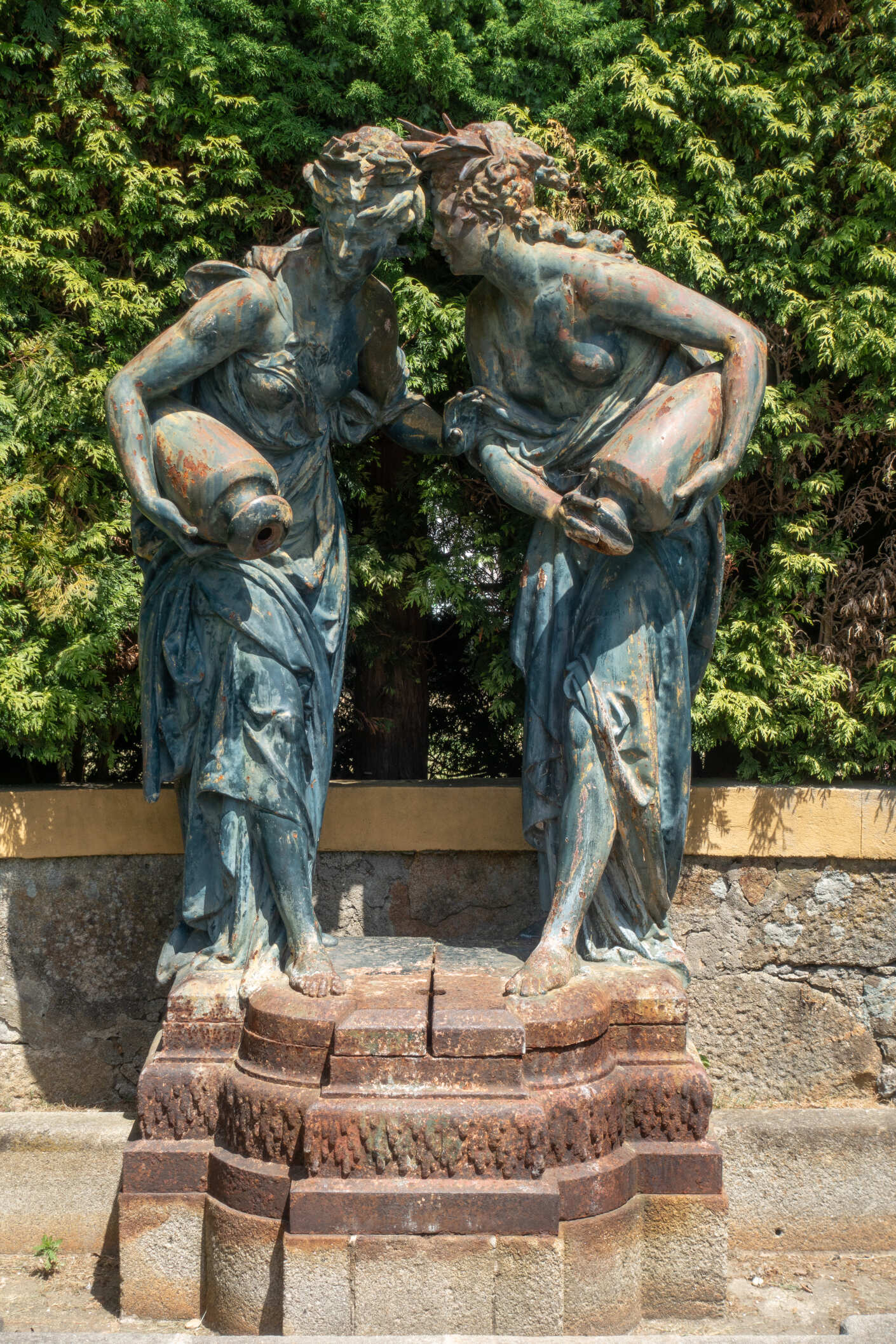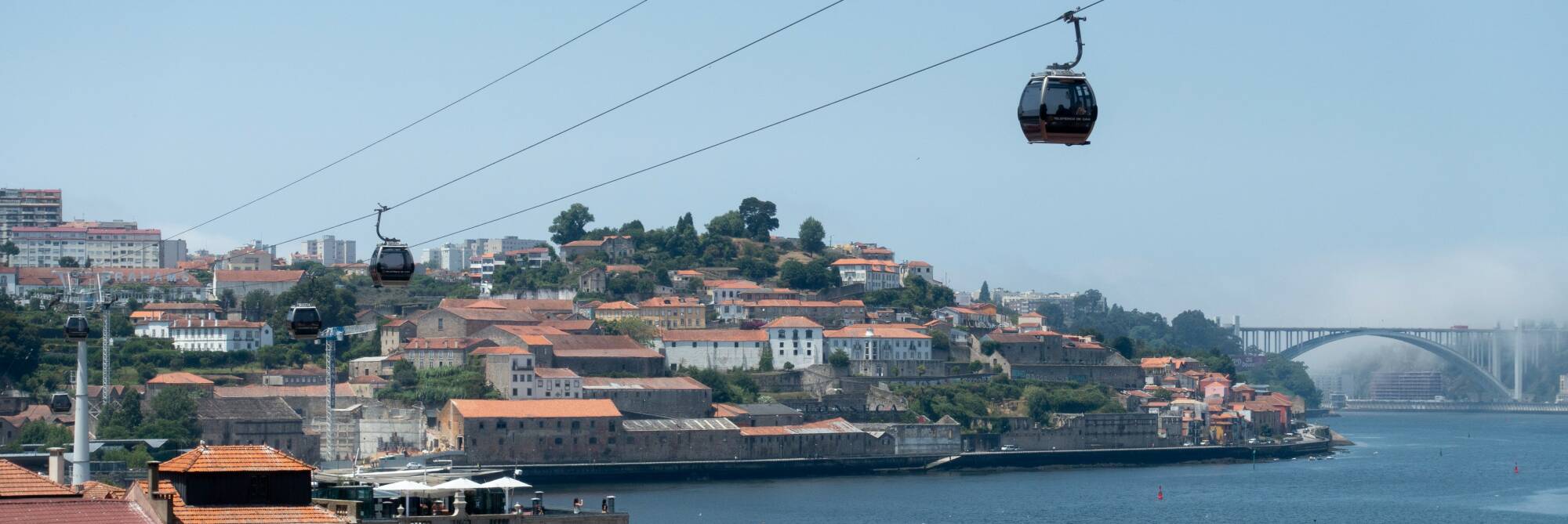Porto is a city that, on the one hand, looks better on pictures than in reality, but on the other - it gains character when you get to know it better. We decided not to go crazy and limited the visit to one day, and after leaving, we felt pretty satisfied. In this post you’ll find a quite biased list of Porto’s worthwhile attractions, sprinkled with comments and our impressions.
What to see in Porto in one day?
It’s the second largest city in Portugal, inhabited by almost 300,000 people, but the most famous places are really close to each other. We got everywhere on foot without any problems and managed to see everything we wanted before it got dark.
Streets and promenades of Ribeira
While Porto’s architectural curiosities and sights can be found in every corner of the city, their greatest concentration is in the Ribeira district. It’s the historic center and is included in the UNESCO World Heritage List! You should definitely not miss the main square Praça da Ribeira. It’s also worth taking a look at Casa do Infante, where Henry the Sailor was born, but we mostly remember wandering the local colorful, chaotic streets.
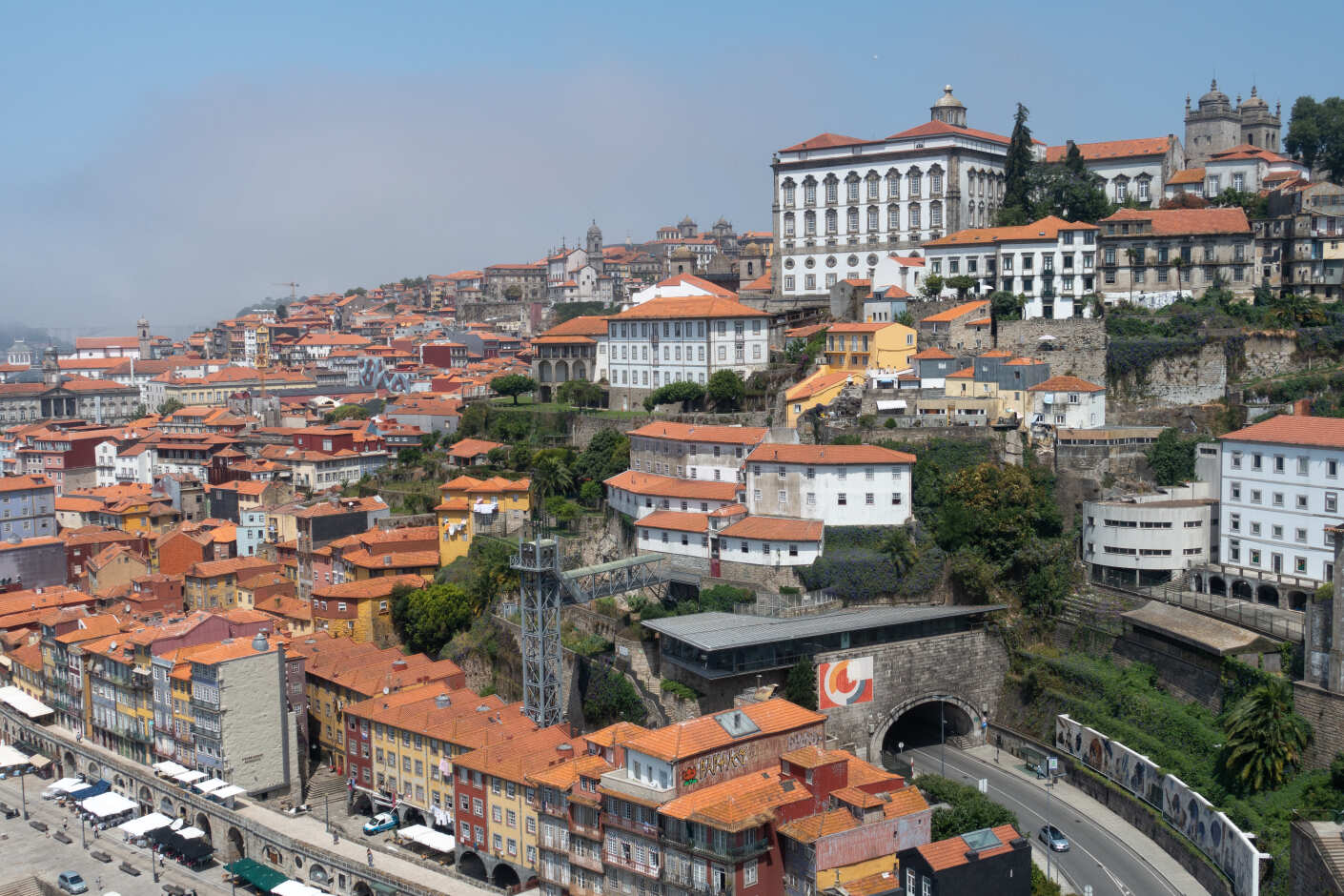
Ponte Dom Luis I
I don’t know about you, but I recognize Porto mainly by the photos of the Ponte Luiz I, or the Bridge of Louis I. It’s the blue, two-story structure that you can see on every second postcard. There are trams in the upper layer, cars in the lower one, and pedestrians can move on both. If you’re wondering what to see in Porto, definitely add Ponte Luis I to your list, which is this iconic monument and a great sightseeing spot.
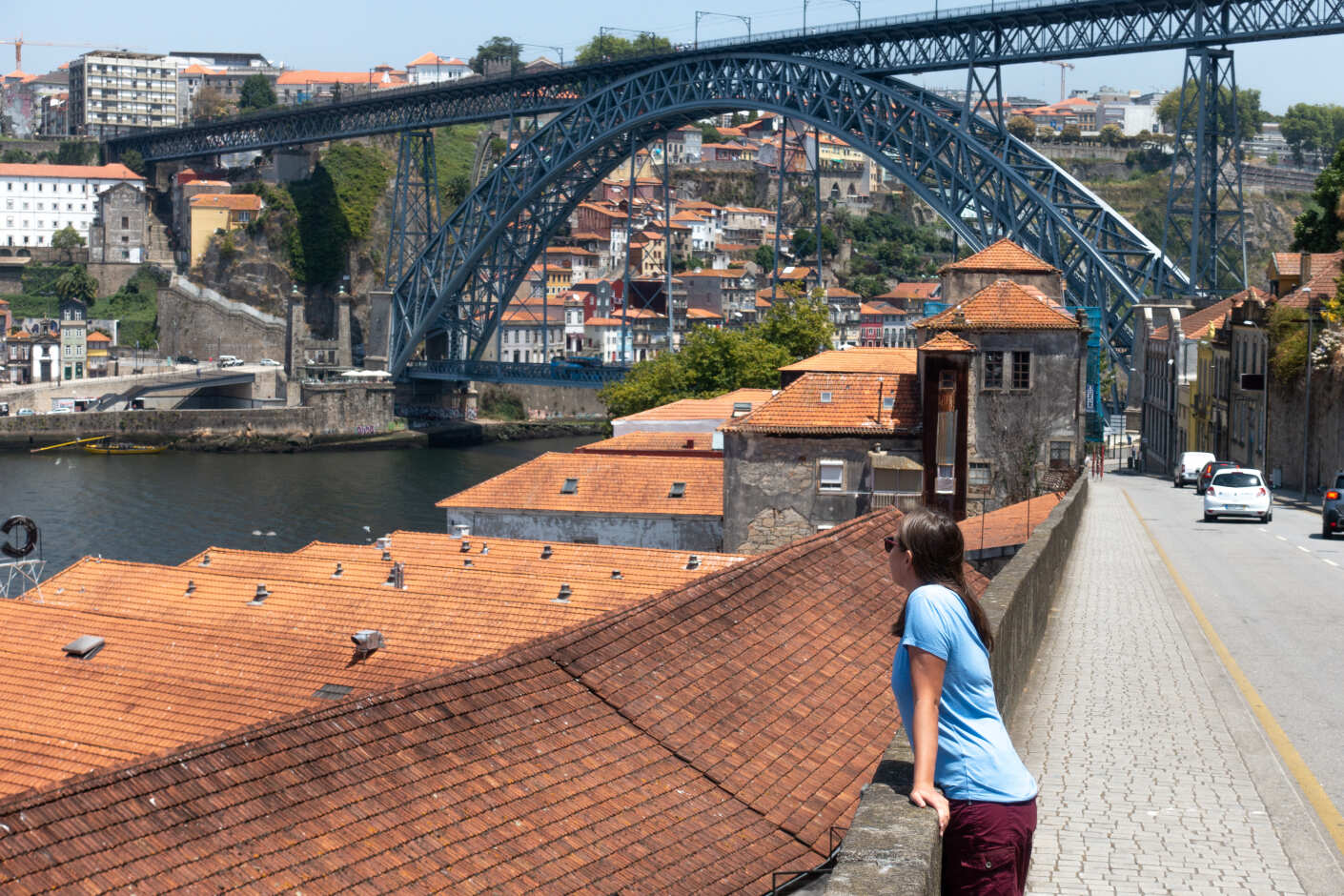
Several churches
I don’t think it will be a surprise to anyone that churches are one of the most numerous attractions of Porto. We saw about ten of them in one day (some we just passed on the way). We liked the typical “Portuguese” ones the most, with lots of blue azulejos on the walls - the Cathedral, Capela das Almas and Igreja do Carmo. We were also impressed by the huge golden interior of the Igreja de Santa Clara.
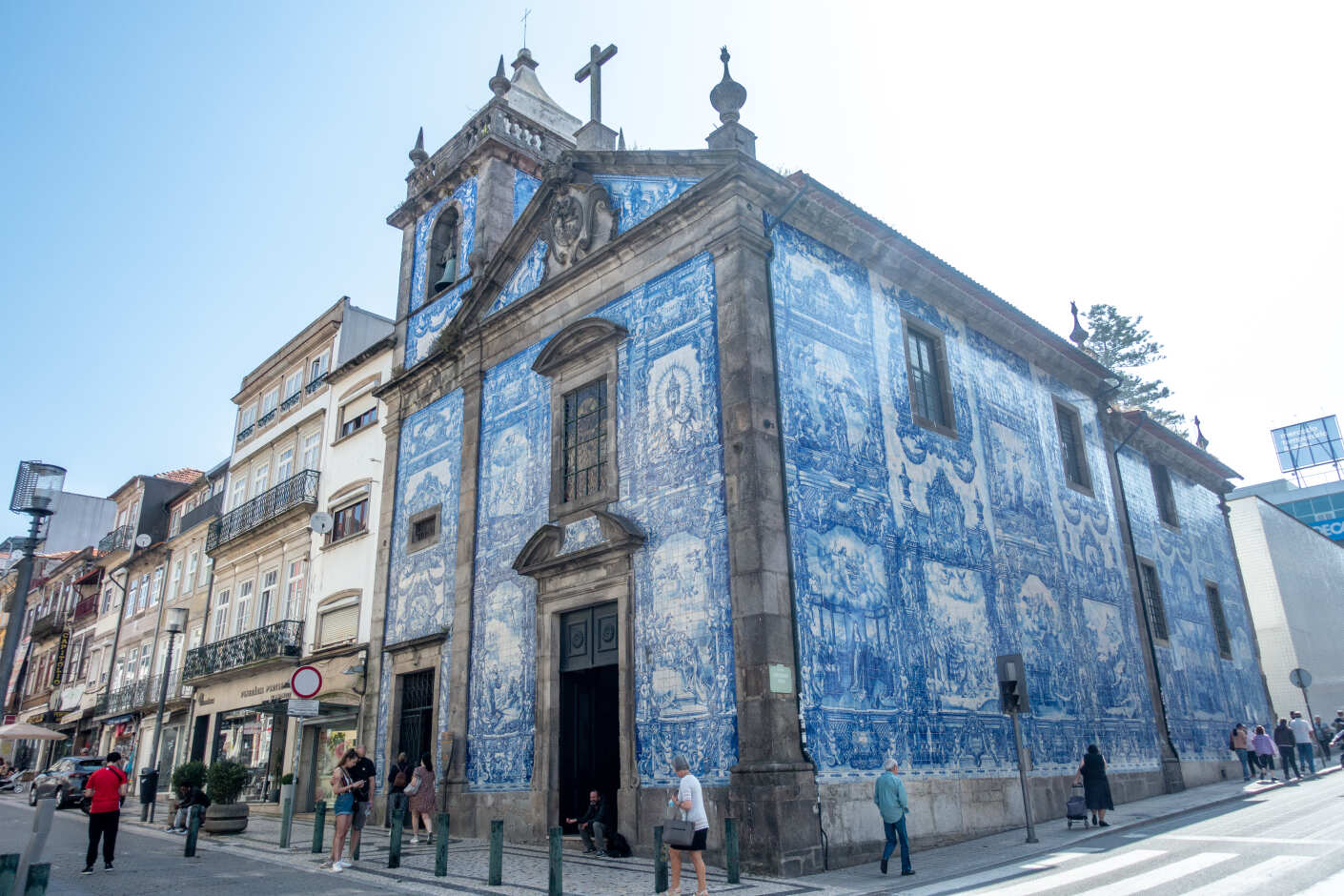
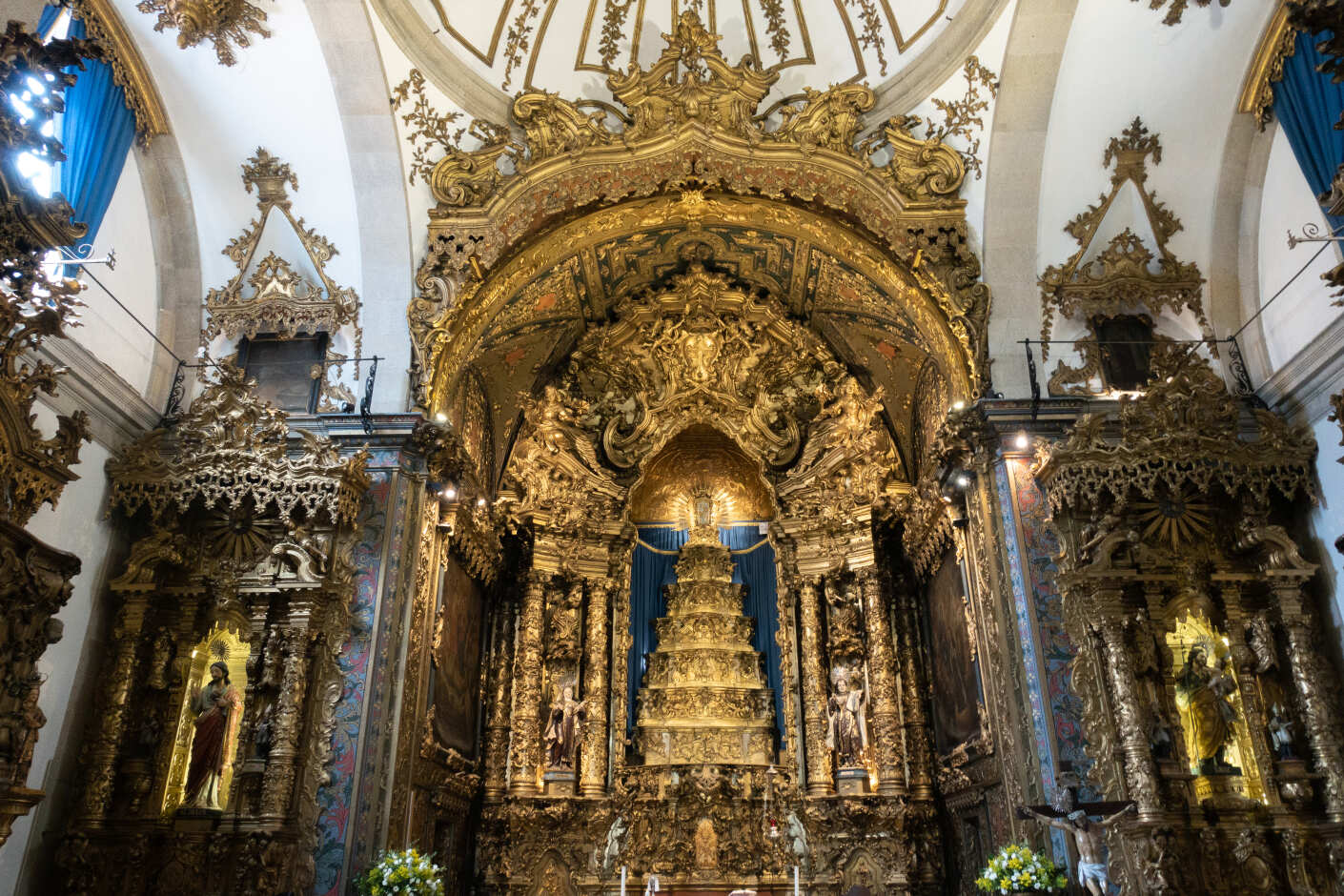
Sao Bento train station
Definitely one of the prettiest train stations we’ve visited so far. Compared to other monuments of Porto, it doesn’t look very original, because its most characteristic feature is also the walls lined with azulejos. The individual mosaic segments are scenes from the history of Portugal. Over 20,000 tiles were used to create them, which were hand-painted for as long as 11 years.
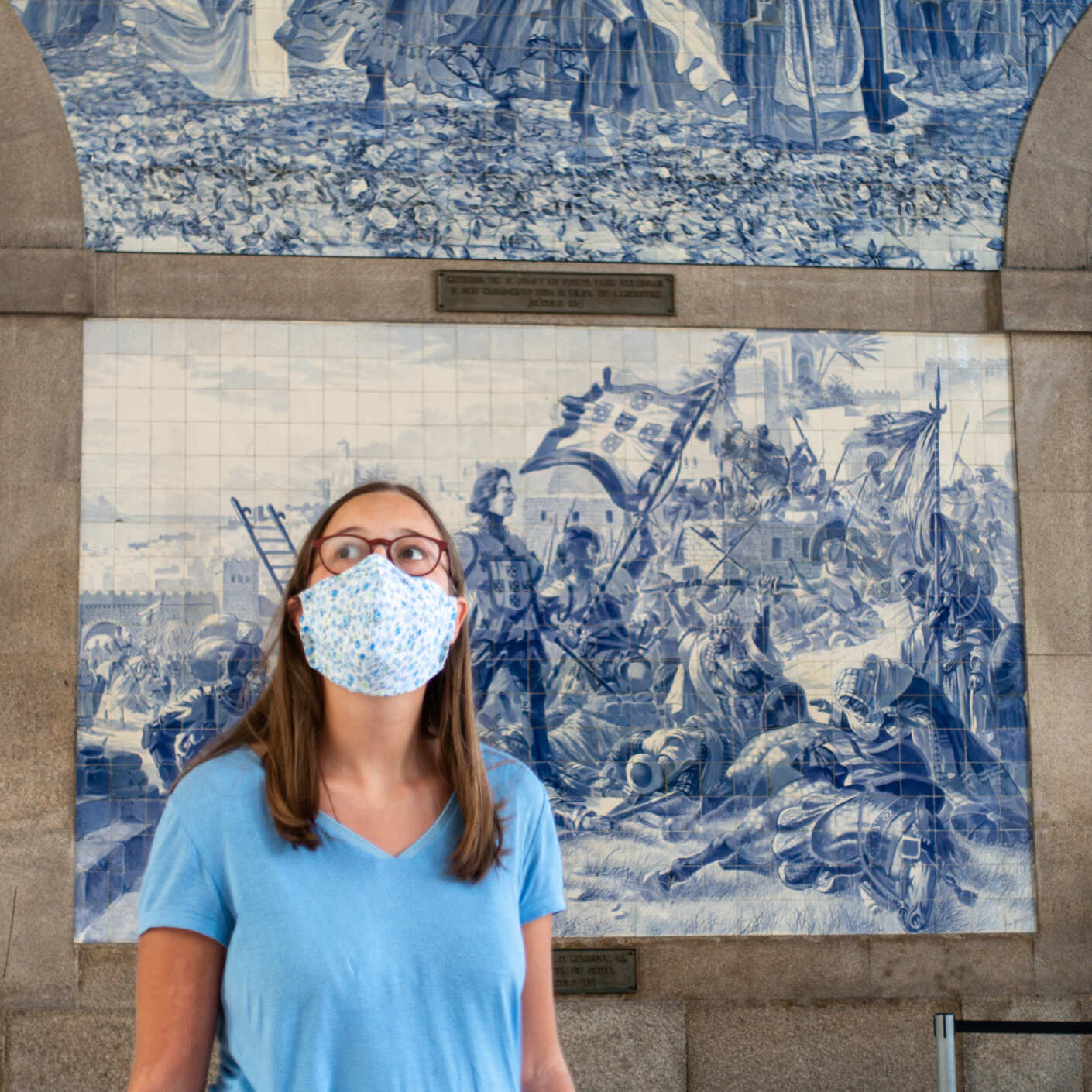
Jardim do Palácio de Cristal
A short walk from the historic center is enough to reach Porto’s greener attractions. Jardim do Palácio de Cristal is something between a park and a botanical garden. It’s easy and pleasant to just get lost here, because even without a designated route, you stumble upon eye-catching pavilions, fountains or sculptures. Additional attractions are provided by peacocks wandering here and there.
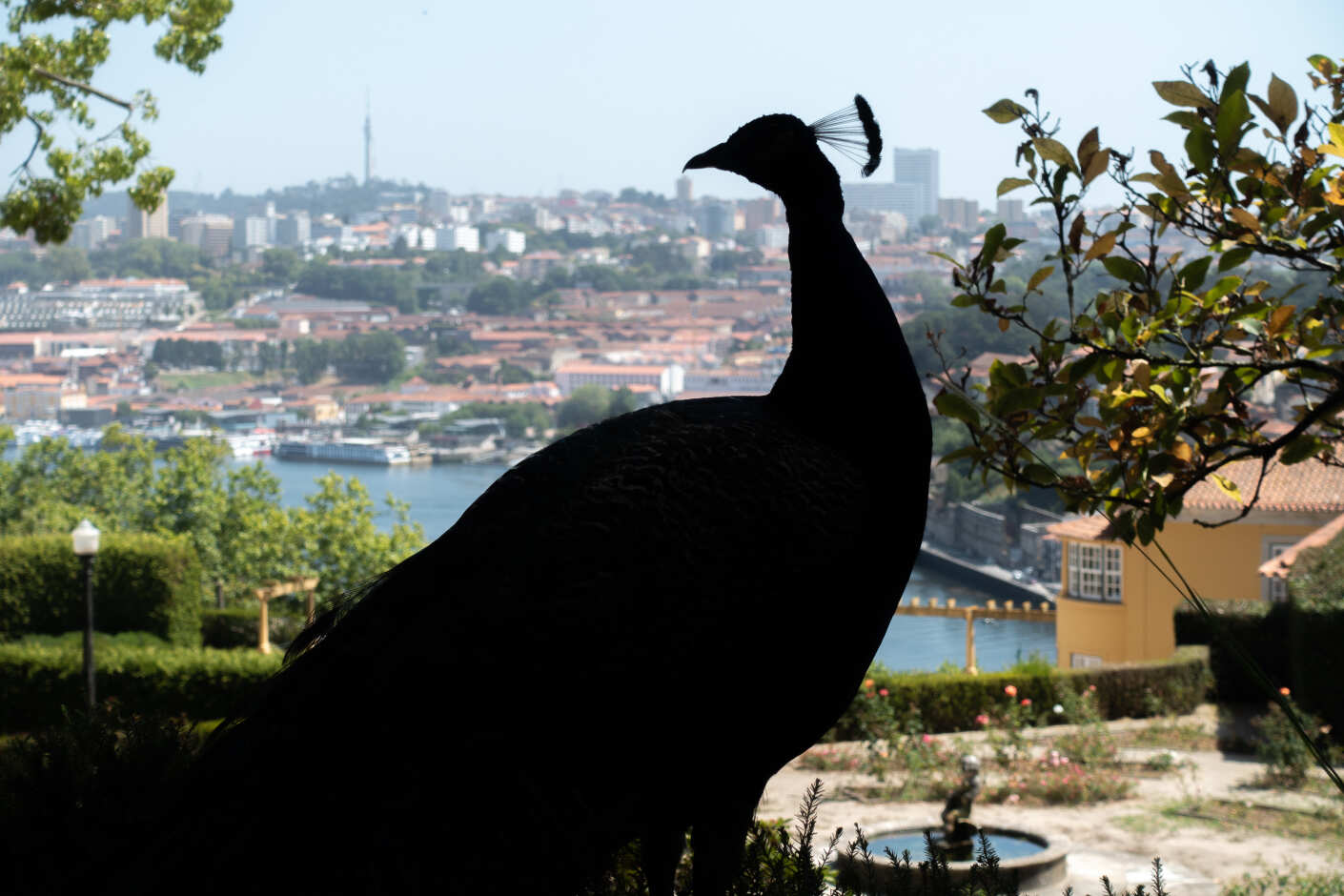
Vila Nova de Gaia
Porto is unusual in that the most important monuments and viewpoints are on the very edge of the city. On the opposite bank of the Douro, there’s Vila Nova de Gaia. It’s definitely worth going to this side of the river for a while, if only to see the riverside panorama of Porto in all its glory. This part of the agglomeration is famous for its wine cellars, so it’s a must-see for all wine connoisseurs.
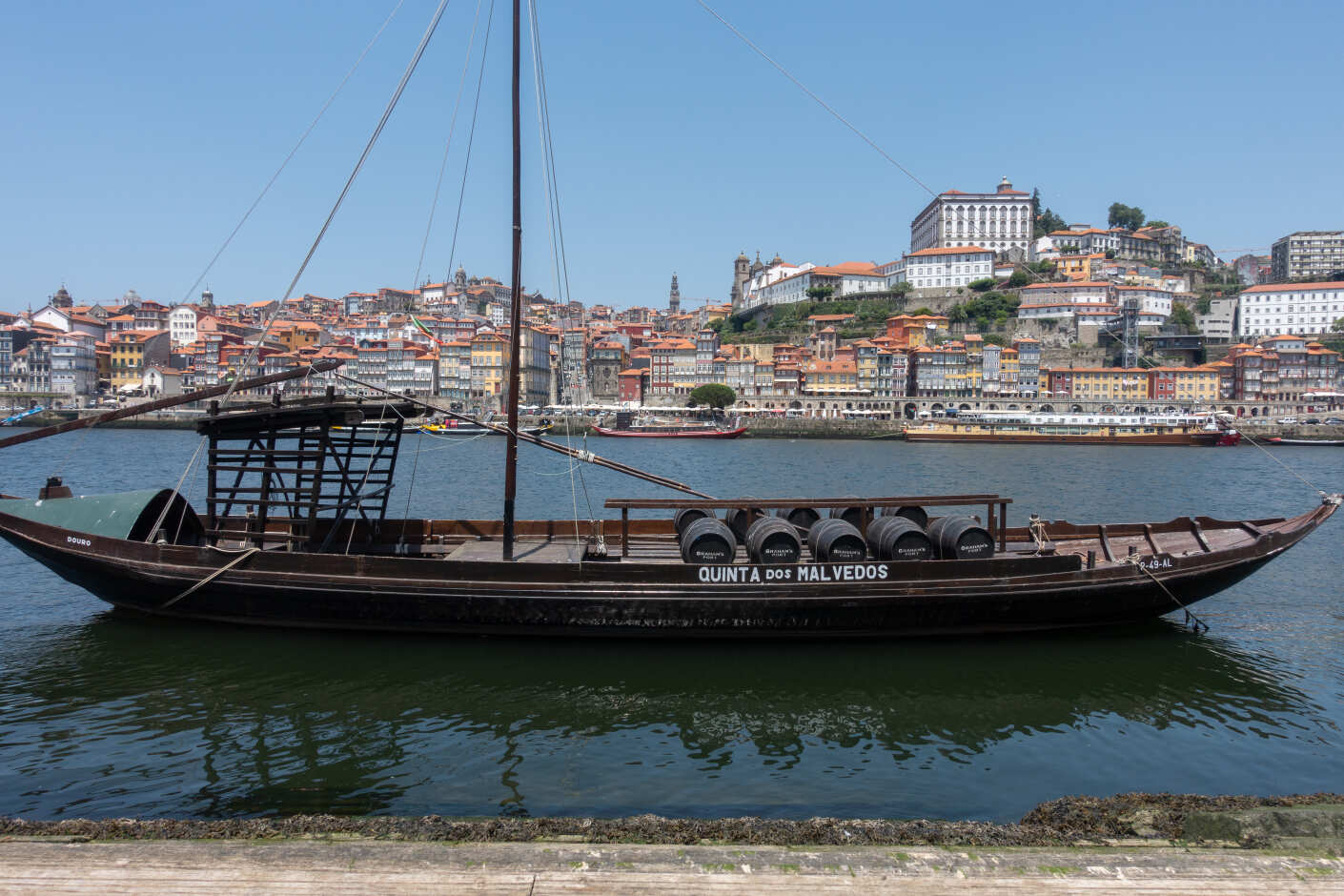
Our impressions
During our visit to Porto, there were a lot of restrictions because of the coronavirus, some of which we imposed on ourselves. First of all, we limited ourselves to outdoor attractions. As a result, we missed a few typical “must-sees”, such as Lello bookstore. At least we’re motivated to stop by again sometime.
We wrote briefly what is worth seeing in Porto in our opinion, but the question is whether we liked it or not. The answer: we haven’t included it in our top European cities, but we still recommend it.
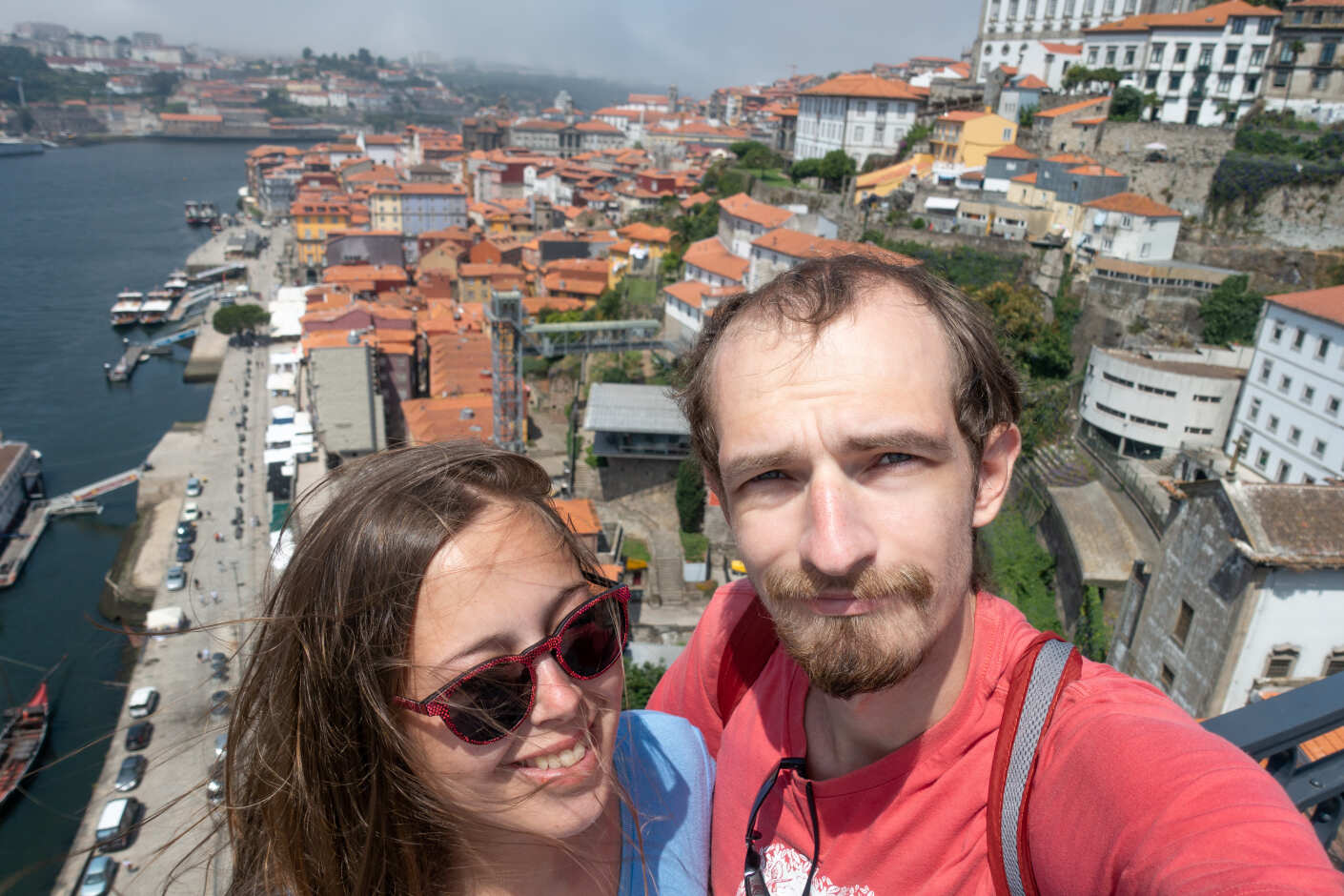
View gallery

